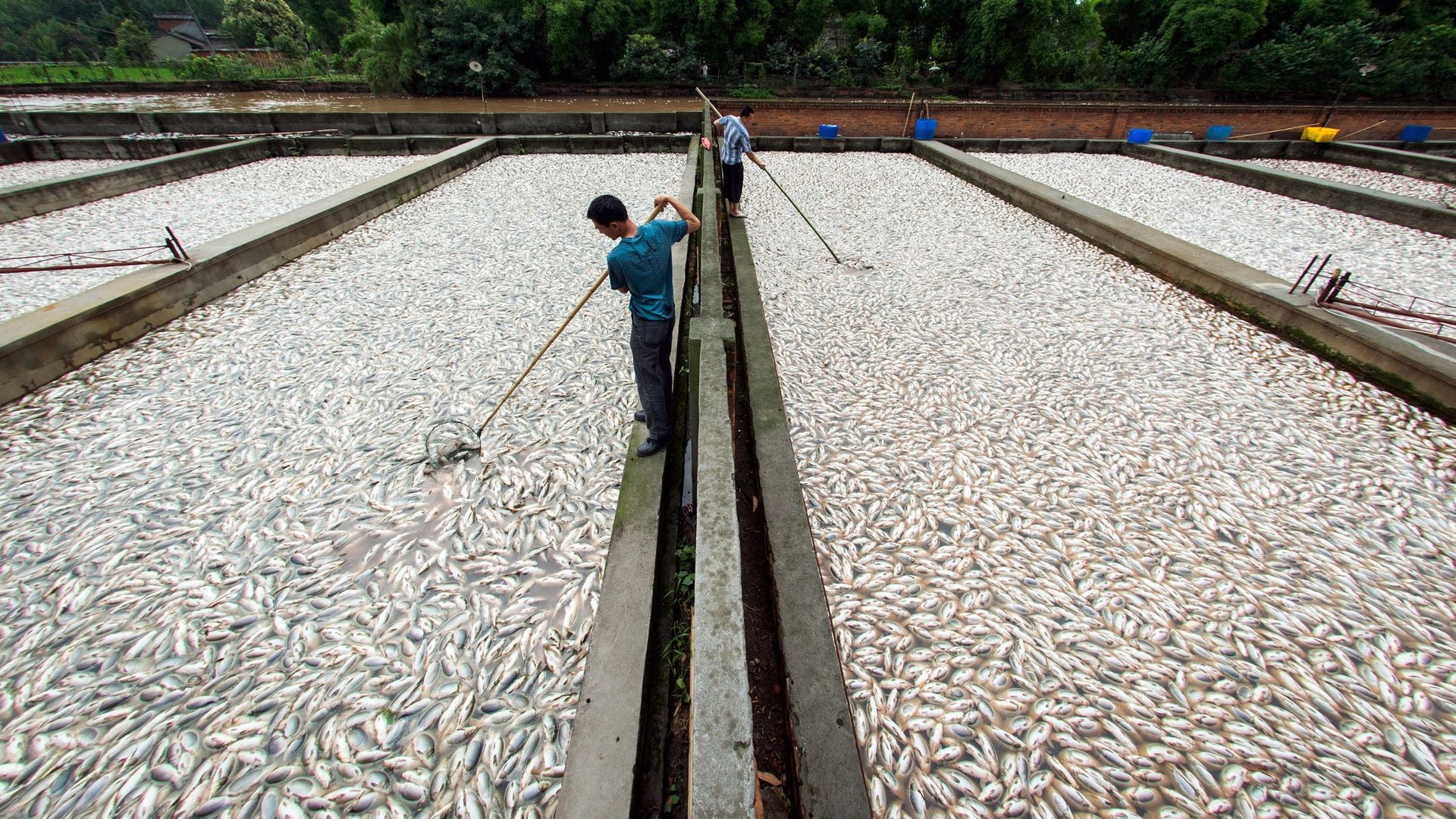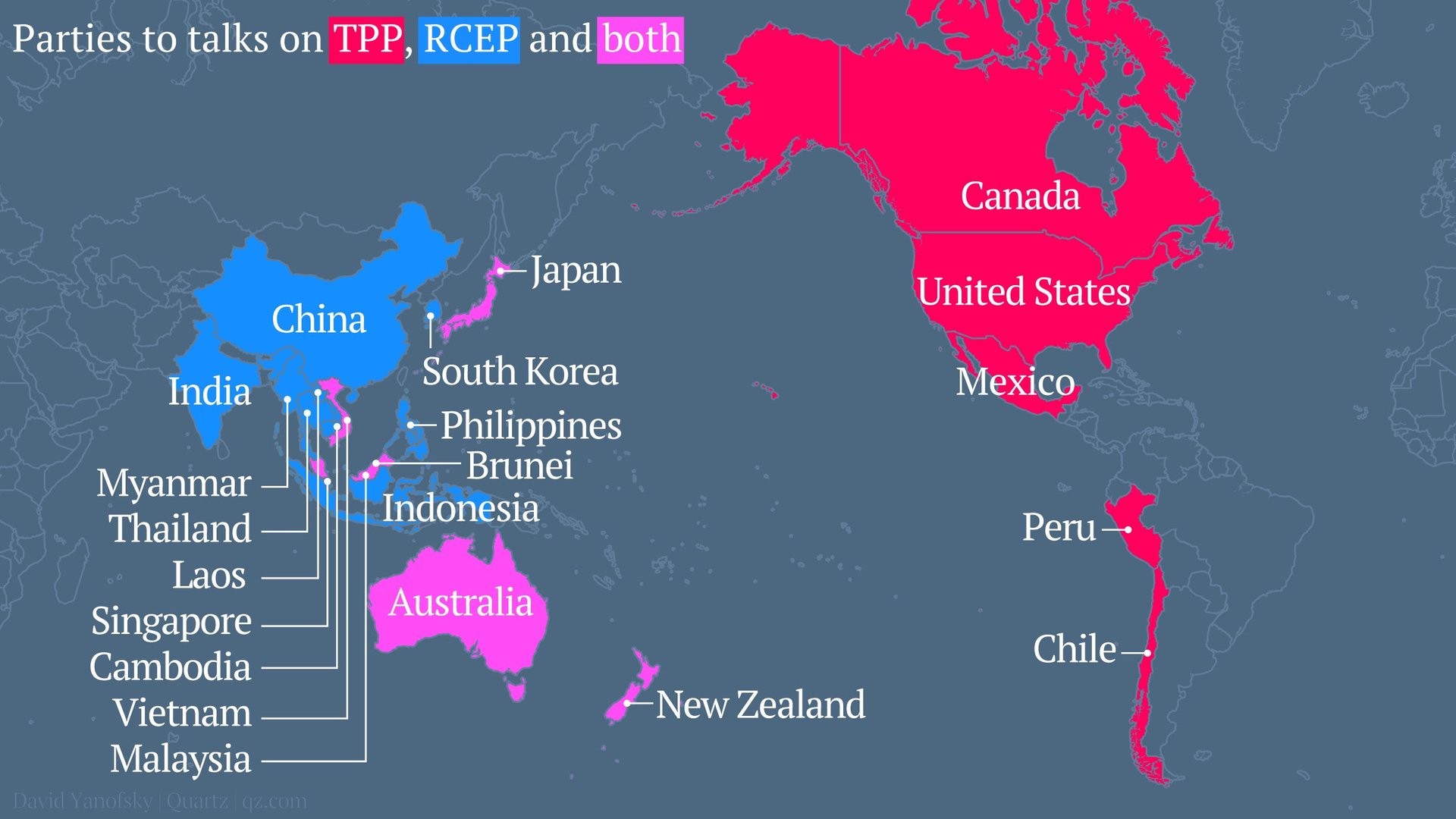The hidden agenda behind the latest US complaints about Chinese trade practices
Why would the US announce a challenge to illegal trade practices by China less than 24 hours after the two countries’ presidents shared a rare phone call to discuss their nations’ relations?


Why would the US announce a challenge to illegal trade practices by China less than 24 hours after the two countries’ presidents shared a rare phone call to discuss their nations’ relations?
That timing, and the relatively small size of the subsidies in question—$1 billion over three years—suggests that the US bringing this case before the World Trade Organization is largely intended to send a message to a domestic audience: We’re tough on trade violations, and you can count on us to enforce the rules.
That’s an important message for president Barack Obama to get across, as he pushes for a free trade pact for 18 countries around the Pacific rim. Lawmakers from both parties are skeptical of both the negotiating process and whether new rules will mean increased prosperity. For the Obama administration, the Trans-Pacific Partnership is a key way to lock in a global rule-set that protects the US led-economic order as China attempts to craft its own Regional Comprehensive Economic Partnership:

Economists tend to argue that free trade boosts growth, but the creative destruction associated with such changes has led to fewer middle-income jobs in the US and other advanced economies, while the benefits have been relatively concentrated. Labor-friendly politicians on the left have combined with Obama’s opponents on the right in an attempt to scuttle legislation that would give the president a free hand to negotiate the pact, considered a virtual pre-condition of reaching a deal.
Many opponents want the pact to include provisions to punish currency manipulation, a non-starter with the administration. And compromises on issues related to public health, intellectual property, labor and environmental rules all seem far away. Negotiating drafts are largely kept secret from the public, raising lawmakers’ ire, particularly when leaked versions reveal US negotiators straying from the White House’s public promises.
In its challenge to illegal trade practices by China, the US says that “common service platforms” funded by the Chinese government provided $1 billion in free services over three years to “demonstration base” production facilities that accounted for 12% of Chinese textile exports and 20% of Chinese aquaculture exports in 2012. However, the details of this arrangement remain unclear, and may not differ significantly from the Obama administration’s own $1 billion investment in 15 advanced manufacturing institutes across the US.
If the Obama’s aim is to reassure lawmakers who oppose the free-trade pact, it’s unclear how effective the maneuver, which elides their fundamental concerns, will be. A number of lawmakers with constituents who compete against subsidized Chinese exports spoke out in support of the administration’s challenge, but only one of them, California’s Scott Peters, is among the 151 Democrats who oppose giving Obama the authority to fast-track a trade deal.